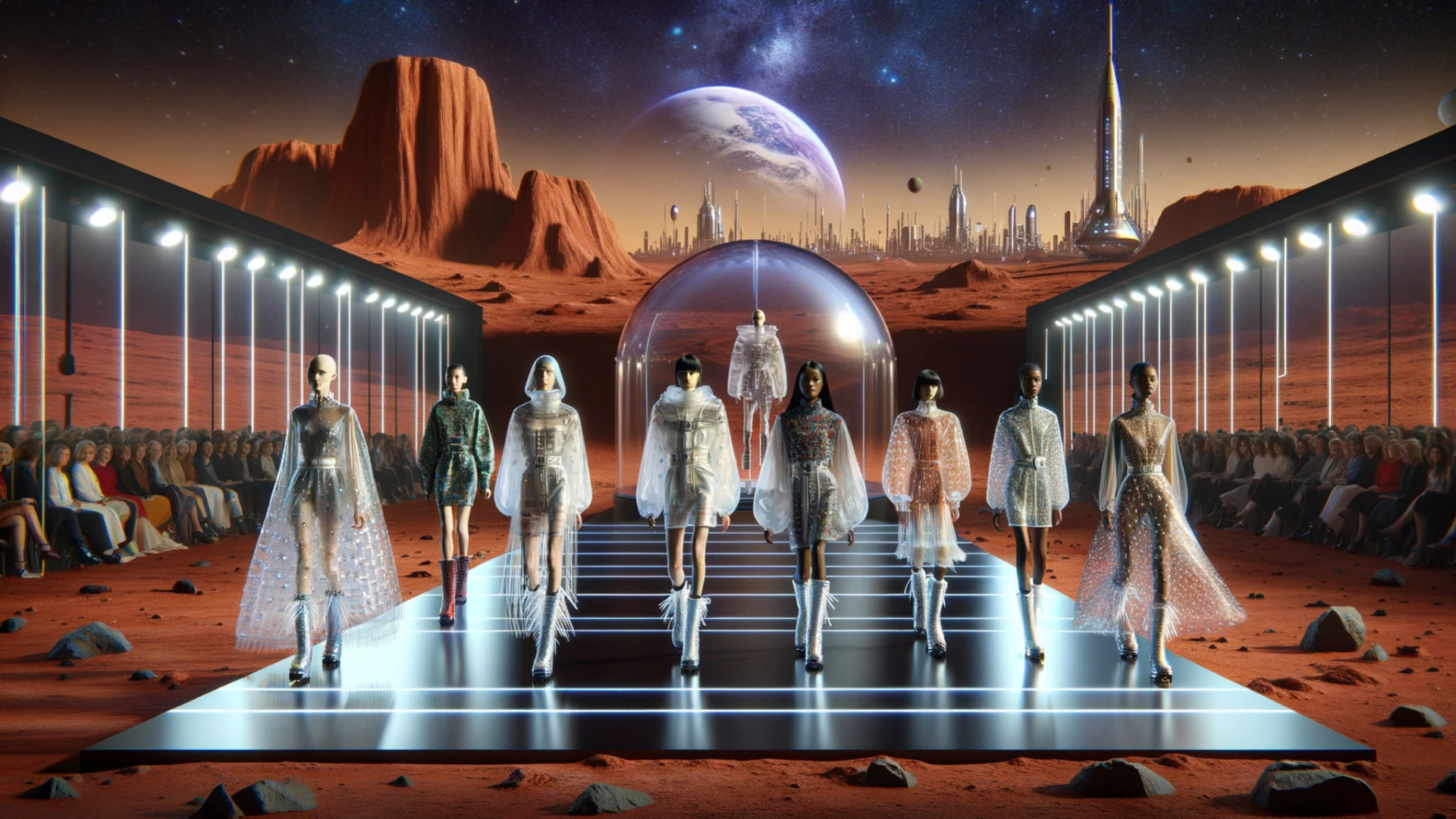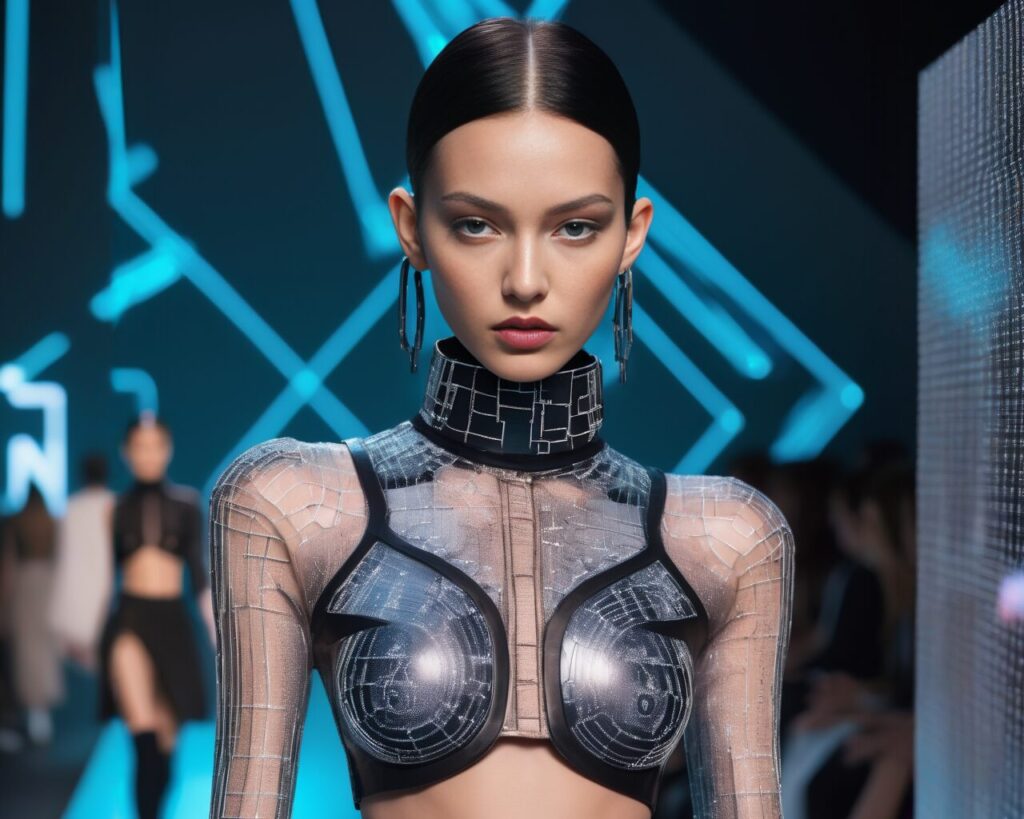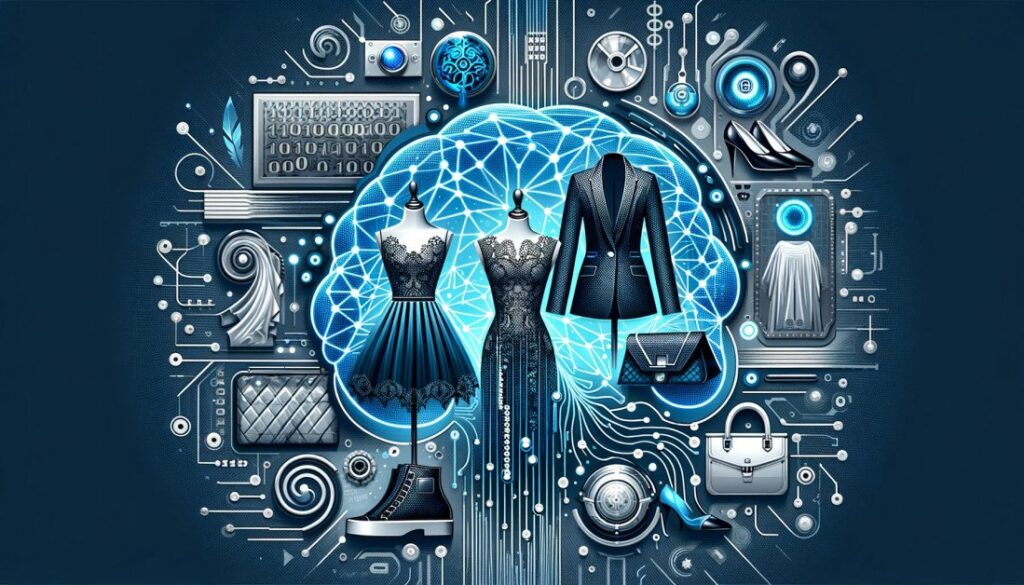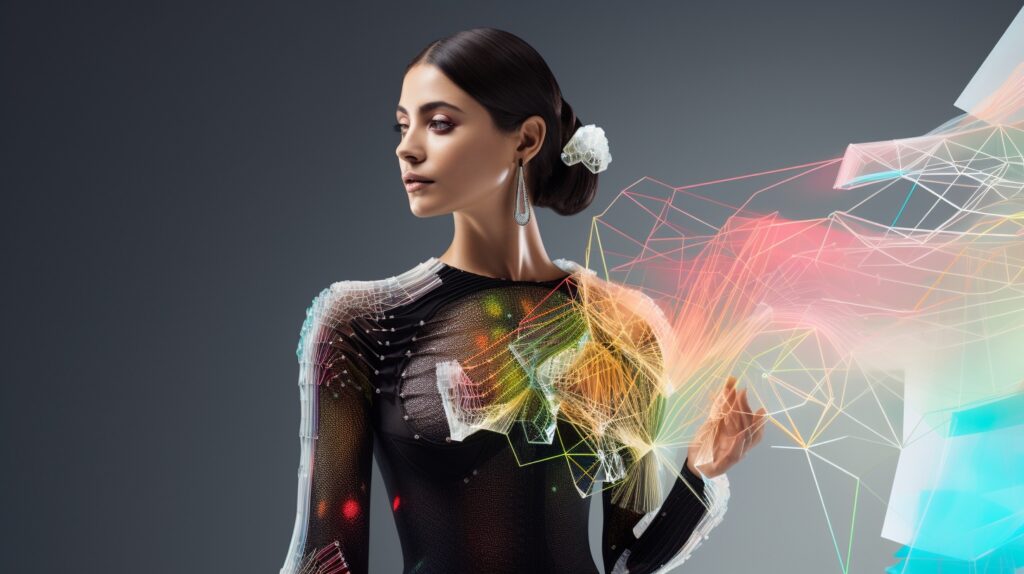
In today’s fast-paced fashion world, personal style is a form of expression that goes beyond mere clothing choices; it’s a reflection of your identity and personality. Generative AI is at the forefront of revolutionizing how we discover and refine our personal style. By leveraging powerful algorithms, this technology offers tailored fashion advice, automates the design process, and provides personalized shopping experiences that were once the domain of personal stylists alone.
This transformative technology not only simplifies the process of style curation but also makes it more accessible to everyone. As we delve into the capabilities of generative AI in fashion, we uncover a world where technology meets personal taste to create something truly unique. Imagine a world where you can create your dream outfit with just a few clicks or have a virtual stylist who knows your taste better than you do! Machine learning in fashion is making this possible and so much more.
To explore how artificial intelligence can personalize your fashion experience, take a look at AI made custom items. This will give you a firsthand glimpse into the capabilities of this advanced technology.
Table of Contents
Key Takeaways
- AI enhances fashion design efficiency and allows for high levels of personalization.
- The technology supports sustainability in the industry by reducing waste.
- Artificial intelligence raises ethical and job security concerns that need careful management.
How Is AI Transforming the Creative Process in Fashion?

Source: nftculture.com
Artificial intelligence is revolutionizing the creative process in fashion by providing designers with powerful tools for pattern design, trend prediction, and even virtual draping. These technologies allow designers to experiment with cuts, colors, and materials more quickly and accurately, pushing the boundaries of traditional fashion design.
Can AI Really Understand Fashion Better Than Humans?
While AI significantly enhances the process of design by handling data-driven tasks, it does not possess the human touch necessary for true creative insight. AI supports designers by providing them with detailed consumer behavior insights and automating routine tasks, which allows them to focus more on the creative aspects of fashion design.
Pros of AI in Fashion Design
- Increased Efficiency: this technology automates numerous time-consuming tasks in fashion design, from sorting through fashion images to drafting initial design concepts, significantly speeding up the design process.
- Enhanced Personalization: By analyzing customer data, AI can create highly personalized fashion recommendations and products, catering to individual preferences and improving customer satisfaction.
- Sustainability and Waste Reduction: AI helps optimize material usage and production processes, reducing waste and contributing to more sustainable fashion practices.
What Are the Ethical Implications of Using AI in Fashion?

Source: unite.ai
The integration of AI in fashion raises several ethical issues, including concerns about privacy, the use of personal data, and the authenticity of designs. It’s crucial for the industry to address these concerns transparently to maintain trust and integrity in the use of AI.
Cons of AI in Fashion Design
- High Initial Costs: Implementing AI technology can be expensive, with significant upfront costs for software and hardware, which can be a barrier for smaller fashion houses and emerging designers.
- Job Displacement Concerns: There is a fear that AI may replace human jobs, particularly in areas like pattern-making and basic design tasks, leading to concerns about job security for traditional craftsmen and designers.
- Loss of Human Element: While AI can suggest designs based on data, it lacks the human creativity and emotional connection that often inspire truly groundbreaking fashion.
Source: bbntimes.com
FAQ
How does AI contribute to sustainability in fashion?
AI optimizes production processes and materials usage, reducing waste and promoting sustainable practices.
Can AI in fashion lead to better consumer satisfaction?
Yes, by personalizing the shopping experience and offering products more aligned with individual preferences, AI can significantly enhance customer satisfaction.
What is the biggest challenge in integrating AI into fashion?
Balancing the implementation costs and managing the ethical implications of using personal data is among the biggest challenges.
Will AI Replace Fashion Designers?
Machine learning is not likely to replace fashion designers entirely but rather will serve as a tool to enhance their capabilities. The role of AI is to assist and streamline the design process, not to eliminate the creative input that only human designers can provide.
Summary
To sum it up, AI holds tremendous potential to positively influence the future of fashion design, offering solutions that enhance efficiency, personalization, and sustainability. However, it also presents significant challenges that the industry must address responsibly. As we move forward, we can anticipate exciting advancements in AI’s role in fashion.
For instance, virtual try-on technology will get even better, enabling you to “try on” outfits on an avatar using augmented reality on your phone or glasses before making a purchase, making online shopping much more enjoyable. Designers may also use machine learning to help predict future fashion trends based on vast amounts of style data from around the world, allowing them to create clothes people will want to wear sooner.
Personalized clothing recommendations may soon adapt to your changing tastes over time, as artificial intelligence learns more about your preferences and suggests new looks that you’ll be sure to love. With more AI-designed clothes, the fashion of the future may be more unique than ever, pushing creative boundaries in exciting new directions as humans and machines collaborate.
The future of fashion will likely see a blend of AI and human creativity, each complementing the other to create innovative and sustainable fashion solutions. As we embrace these exciting times, the partnership of people and technology promises to take design to fascinating new places, making fashion even more personalized and innovative. It’s essential for designers and technologists to collaborate closely, ensuring that artificial intelligence serves to enhance rather than overshadow the uniquely human aspects of fashion design.








